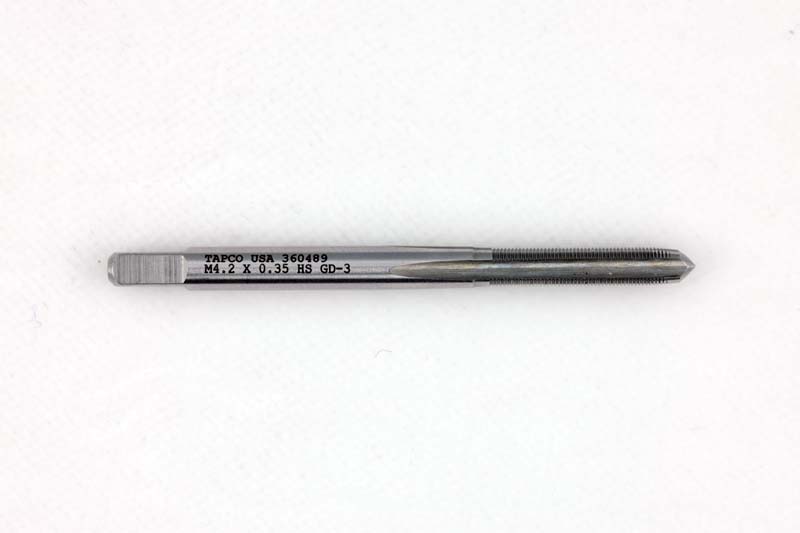@hokie
Yessir !! . You found THE post ! .


Before you design a pen using the SKM-192, you should have one of those mechanisms in-hand to refer to.
It is a very useful mechanism, but some aspects of using it do not become clear until you are actually using or at least handling it.
And thanks for the tip on "holding while machining" for small delicate threaded parts. . I know that technique but did not have appropriate tap.
It's on my shopping list ! . When I apply that technique, I may have better luck altering the sloping side of the '88 to a straight cylinder, but changing the thread still poses a problem, unless a collet will adequately serve to grip the outer sleeve once it is cylindrical.
Comparing the SKM-88 and SKM-192, I believe that the internal mechanisms utilize the same physical principles, but they may be dimensionally and otherwise different in some respects. . Yes, for the '192 you do have to make the actual push button (or plunger, as it is sometimes called). . A semi-flexible material, drilled a little undersize to the shaft, works as a push-on. . Or if you want a decorative button, you can drill to size, or a tad larger, and glue it on. . Bear in mind the orientation of the threads on the '192. . They are not designed for every possible use you could dream up
You alluded to customizing the '192. . Really, there is not much to customize. . It's pretty much a "work with it as it is" thing. . If you find otherwise, please let me know. . If you recall my 2020 Bash entry, I used a tapped disc for mounting the '192, the tapped disc being then held by friction in a cylindrical cavity of appropriate size. . I am not happy about that method but haven't explored other alternatives. . The challenge to using the '192 in any particular design application can boil down to the position of the threads.
As a general purpose mechanism for kitless design, the '88 initially seems more appealing, until you realize that it would be better if it were of cylindrical shape rather than with slightly tapered side. . As a cylinder, it could be easily recessed into your pen, thus improving the visual impact.
Also, if the thread O.D. were reduced by a mere 0.5 mm you could even use it on a 7 mm tube for a slimline design. . That's one of the mods I was trying to make. . I have the feeling that Schmidt made the '88 for a very specific application and not as a versatile (which it is not) stock part. . It later came to the attention of some companies like PSI and Berea, who decided to use it "as is" with not altogether satisfactory results, IMO.
And us kitless fanatics are just left out on a limb. . Would be nice to get some feedback to Schmidt, but I doubt it would go anywhere.


